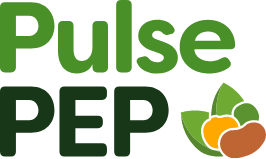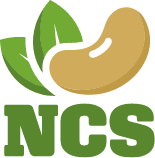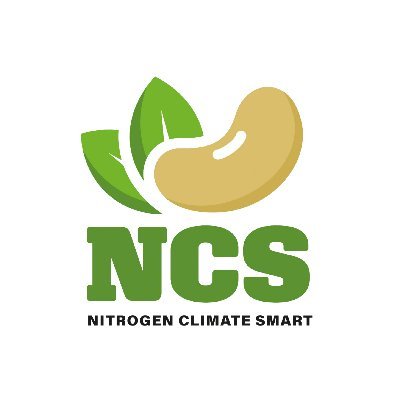As part of the NCS project, farmers (Pulse Pioneers) are undertaking pulse cropping trials. They will contribute their trials plans and insights to PulsePEP. These trials plans will also be linked to a discussion board on The Farming Forum for sharing ideas and exchanging knowledge.
This topic area is to connect the trials being done as a part of The NCS Project by Pulse Pioneers. See 'Connected Content' for the individual trial pages (these will be uploaded soon).




